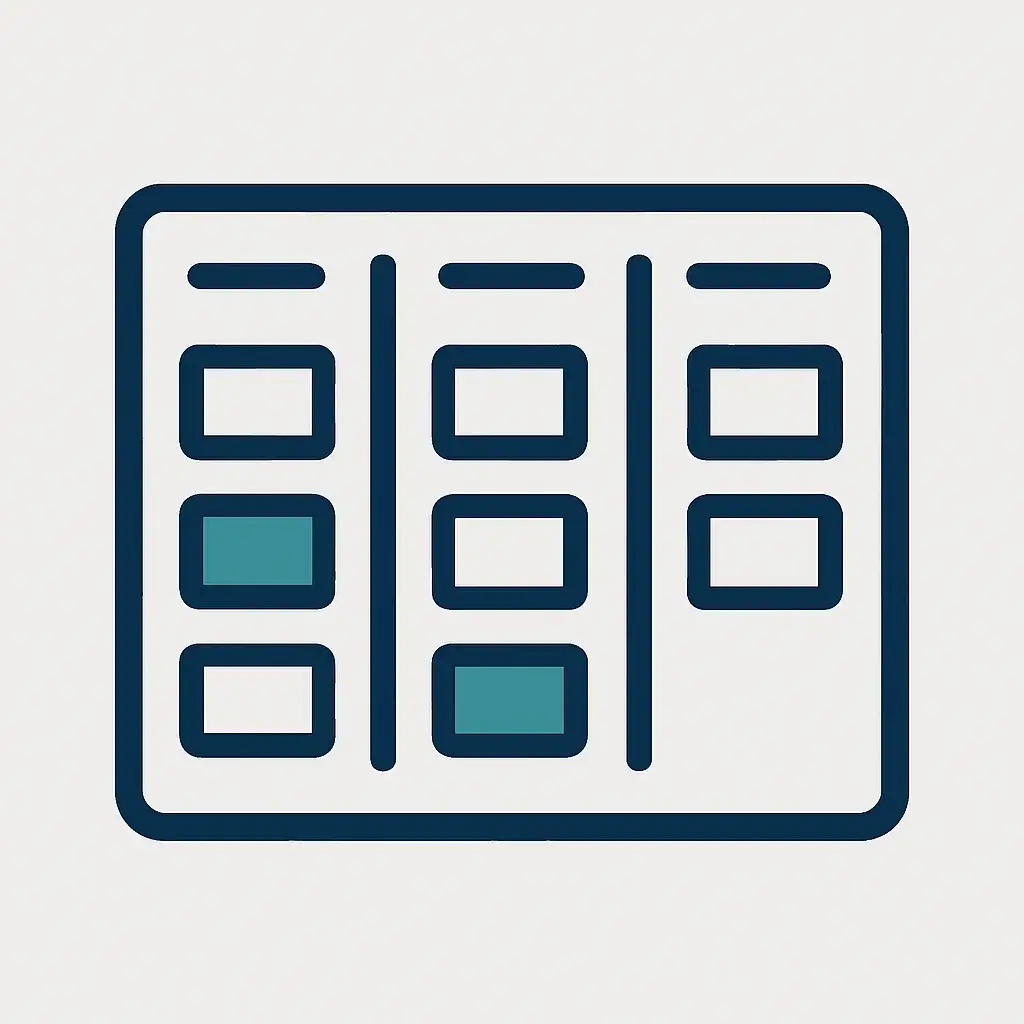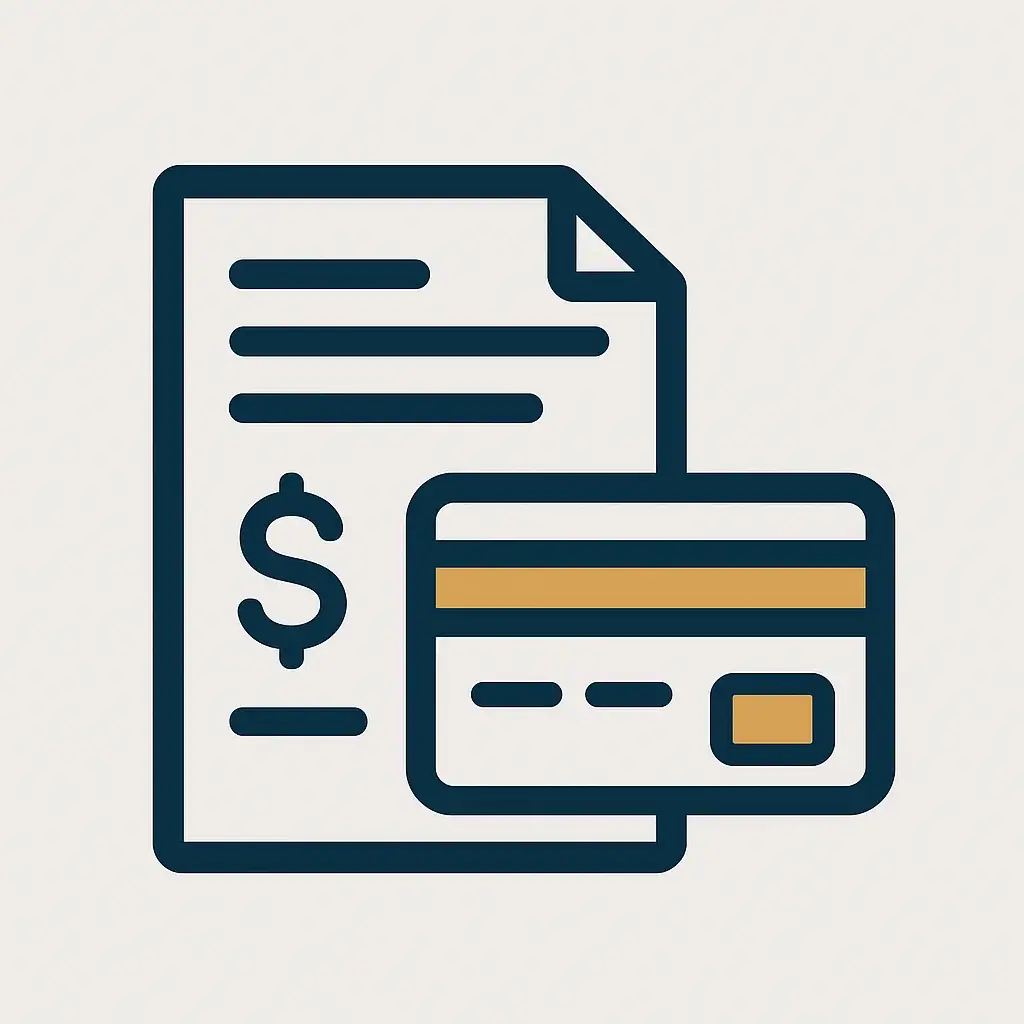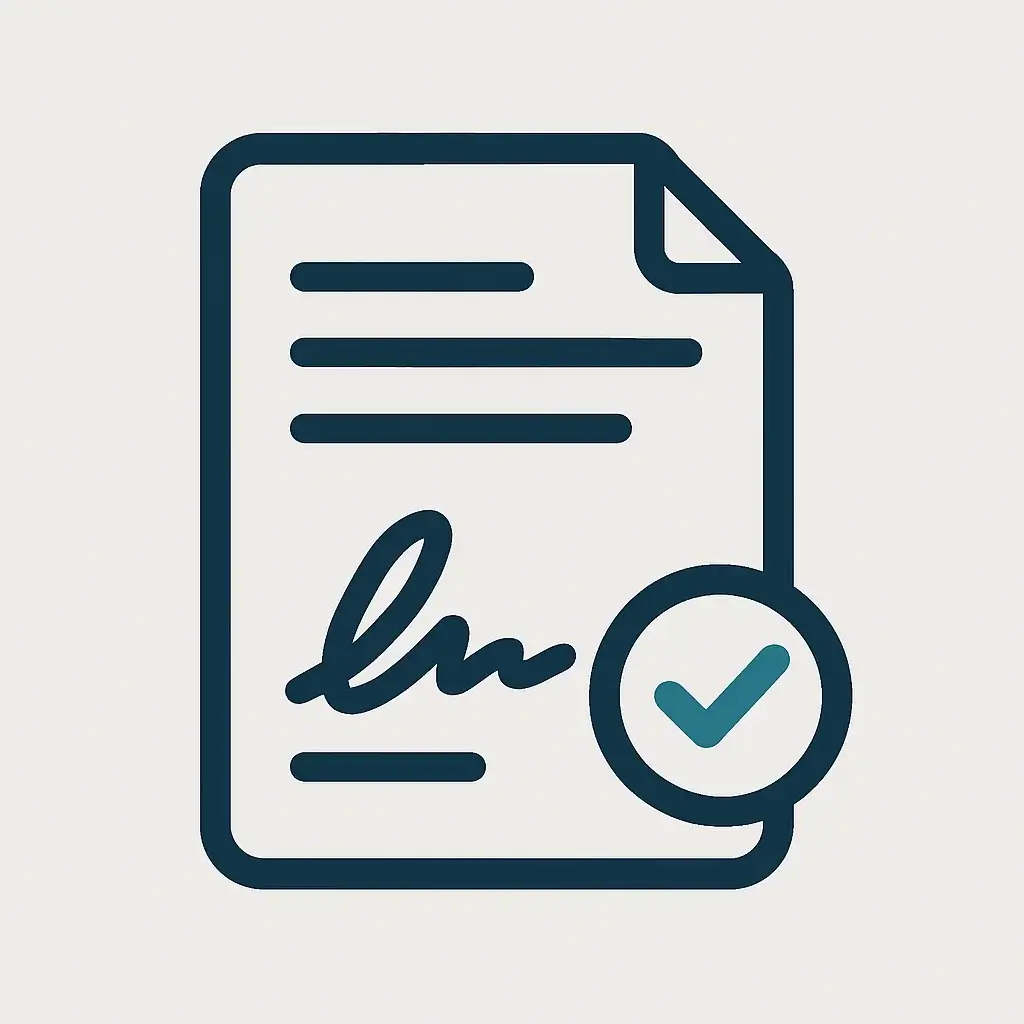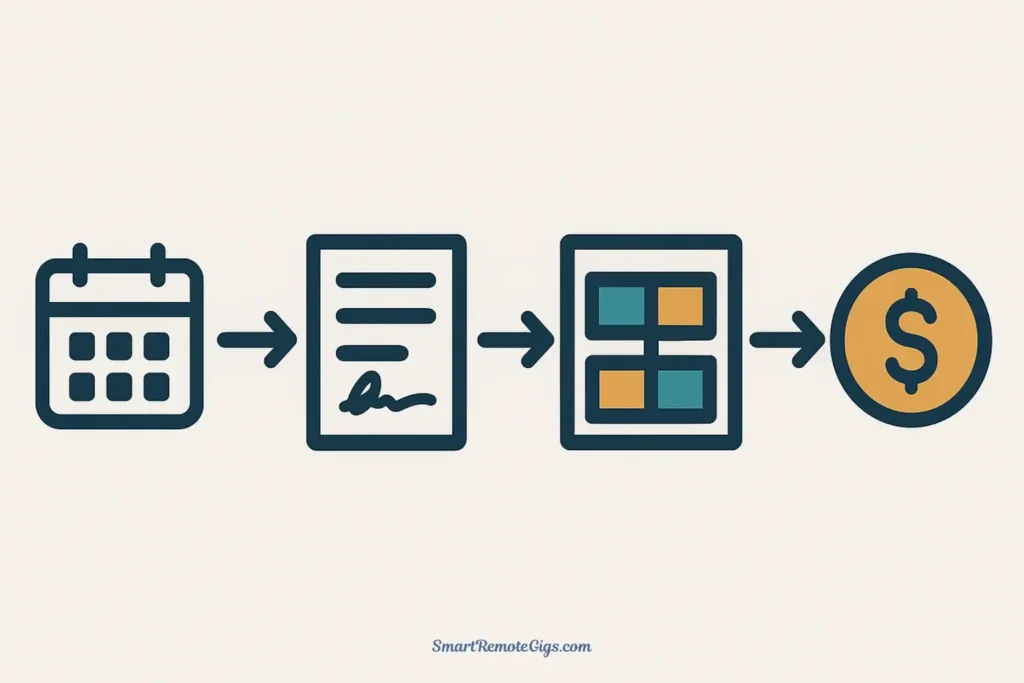You’re talented at what you do. Your clients love your work. But behind every successful project, there’s an unglamorous reality: invoices to send, contracts to manage, projects to track, and meetings to schedule.
Being a great freelancer isn’t enough—you also have to be a great business owner. And trying to manage everything with scattered email threads, messy spreadsheets, and handwritten notes is a recipe for missed deadlines, awkward payment conversations, and burnout.
The good news? You don’t need a dozen expensive apps to professionalize your operations. You need the right seven tools for freelancers—a lean, powerful tech stack that handles the business side of things so you can focus on delivering exceptional work.
This guide cuts through the noise. These aren’t just tools that look good in screenshots—they’re battle-tested solutions that solve real operational headaches for solo entrepreneurs. Whether you’re just starting out or ready to upgrade your systems, you’ll find exactly what you need here.
A Note on “All-in-One” vs. “Best-in-Class” Tools
Before we dive into specific recommendations, let’s address an important decision: should you use one tool for everything or pick specialized tools for each task?
The all-in-one approach uses platforms like Bonsai, Dubsado, or HoneyBook that combine proposals, contracts, invoicing, scheduling, and client management in a single interface. The advantage is simplicity—everything lives in one place, and you only learn one system. The downside? You’re locked into their ecosystem, and individual features may not be as robust as specialized alternatives.
The best-in-class approach means choosing the superior tool for each specific job—Notion for project management, Wave for accounting, Calendly for scheduling. This creates a more powerful, customized workflow. The tradeoff is managing multiple logins and ensuring tools integrate smoothly.
This guide provides options for both philosophies. You’ll find comprehensive all-in-one solutions alongside specialized tools that excel at one thing. Choose based on your priorities: simplicity or power, cost or capability.
The truth is, most successful freelancers end up with a hybrid approach—an all-in-one tool for client-facing operations (proposals, contracts, invoicing) plus specialized tools for internal work (project management, time tracking). You’ll see how this works in practice as we explore each category.
Tool Category 1: Project & Client Management

Once you have multiple active clients and projects, keeping everything organized becomes challenging. You need a system to track deliverables, deadlines, client communications, and project status—all without drowning in complexity.
1. Notion: Best for the Ultimate Customizer
💡 What it does: Notion is an incredibly flexible workspace that combines notes, databases, task lists, and wikboards in one platform. Think of it as a blank canvas where you can build exactly the system you need.
❤️ Why freelancers love it: You can create a complete client management system tailored to your workflow. Build a database of all clients with contact info and project history. Create project pages with embedded tasks, files, and notes. Set up a content calendar. Track income and expenses. The possibilities are genuinely limitless.
📚 The learning curve: Notion requires upfront investment to learn, but once you understand the building blocks (databases, linked databases, templates), you can create remarkably sophisticated systems without touching code.
🎯 Best for: Freelancers who enjoy customization and want one central hub for all business information. Perfect if you’re comfortable with a learning curve in exchange for ultimate flexibility.
💰 Pricing: Free plan is generous and sufficient for most solo freelancers. Paid plans start at $10/month.
2. Trello: Best for Visual, Kanban-Style Simplicity
💡 What it does: Trello uses boards, lists, and cards to organize work visually. Each project gets a board, each stage of work gets a list (like “To Do,” “In Progress,” “Awaiting Feedback”), and tasks are cards you move across lists.
❤️ Why freelancers love it: The visual interface makes project status instantly clear. You can see at a glance what’s urgent, what’s waiting on clients, and what’s complete. It’s intuitive enough that you can onboard clients or collaborators in minutes.
✨ The simplicity advantage: Unlike Notion’s blank canvas, Trello’s structure is immediately obvious. You’ll be productive on day one without tutorials or setup time.
🎯 Best for: Freelancers who want simple, visual project tracking without complexity. Ideal if you prefer drag-and-drop ease over deep customization.
💰 Pricing: Free plan works well for solo use. Paid plans start at $5/month per user.
Pro tip for either tool: Don’t overthink your setup. Start with a basic structure (one board/page per client or project) and evolve it as you discover what you actually need. Overengineering at the start leads to systems you’ll abandon.
Tool Category 2: Invoicing & Financials

Getting paid shouldn’t be complicated, but it often is. Freelancers need tools that make invoicing professional, payment collection effortless, and basic bookkeeping manageable—ideally without expensive accounting software designed for corporations.
3. Wave: Best Free Option for Invoicing and Accounting
💡 What it does: Wave provides completely free invoicing, receipt scanning, and basic accounting specifically designed for small businesses. It tracks income and expenses, generates financial reports, and handles everything you need for tax time.
❤️ Why freelancers love it: It’s genuinely free—no trials, no feature limitations, no hidden costs for core functionality. The invoices look professional and customizable. Clients can pay directly through the invoice via credit card or bank transfer (Wave charges a small processing fee for payments, which is how they make money).
📊 The accounting advantage: Unlike pure invoicing tools, Wave gives you real financial reporting. You can track profit and loss, monitor cash flow, and categorize expenses for taxes—all without paying for QuickBooks.
🎯 Best for: Freelancers who want professional invoicing and basic accounting without monthly fees. Perfect if you’re cost-conscious but still want legitimate financial management.
💰 Pricing: Free for invoicing and accounting. Payment processing fees are 2.9% + $0.60 for credit cards, 1% for bank payments (capped at $10).
For more guidance on managing your freelance finances, including profit margin calculations and pricing strategies, check out How to Make Freelance Financial Projections: Easy Guide.
4. Stripe: Best for Simple, Professional Payment Processing
💡 What it does: Stripe processes online payments through your website or payment links. While often used by e-commerce sites, it’s surprisingly perfect for freelancers who want to send simple payment requests.
❤️ Why freelancers love it: You can generate payment links in seconds and send them to clients via email. No invoice template needed—just “Here’s the link to pay the $3,000 project fee.” Clients click, enter their card info, and you’re paid. Stripe also offers recurring billing for retainer clients.
✨ The professional edge: Stripe’s payment experience feels modern and secure. Clients trust the interface, and the transaction experience is seamless across devices.
🎯 Best for: Freelancers who want the simplest possible payment collection or who need recurring billing for retainer clients. Also ideal if you’re building any kind of online checkout experience.
💰 Pricing: 2.9% + $0.30 per successful transaction. No monthly fees.
Combining Wave + Stripe: Many freelancers use Wave for invoicing and bookkeeping, then use Stripe for actual payment processing. This gives you comprehensive financial management plus modern payment experiences.
Tool Category 3: Proposals & Contracts

Professional proposals and contracts aren’t just about looking legitimate—they protect your business, set clear expectations, and reduce scope creep. These tools transform what could be awkward Word documents into impressive, legally sound client agreements.
5. Bonsai: Best All-in-One Suite for Client Onboarding
💡 What it does: Bonsai is a comprehensive platform built specifically for freelancers. It handles proposals, contracts, invoicing, time tracking, expense tracking, and client management—essentially everything from initial pitch to final payment.
❤️ Why freelancers love it: The contracts are legally vetted and include templates for dozens of freelance specialties (writing, design, development, consulting, etc.). You can generate a professional proposal with pricing options, send a contract for e-signature, and invoice the client—all within one workflow.
⏱️ The time-saving advantage: Instead of cobbling together multiple tools, you have one system that handles your entire client lifecycle. The templates alone save hours of work and thousands in legal fees.
🛡️ The scope protection benefit: Bonsai’s contracts include clear deliverables, revision limits, and payment terms—all the things that prevent “just one more little change” from becoming a nightmare.
🎯 Best for: Freelancers who want a professional, all-in-one solution and are willing to pay for convenience. Perfect if you value legally sound contracts and streamlined workflows.
💰 Pricing: Plans start at $24/month (billed annually). Includes unlimited proposals, contracts, and invoices.
Free alternative: If Bonsai’s cost isn’t feasible yet, you can find free contract templates from organizations like the Freelancers Union or AIGA (for designers). Just have them reviewed by a lawyer if possible, and use DocuSign’s free plan for e-signatures.
Tool Category 4: Communication & Scheduling

The “when can you meet?” email thread is a universal frustration. Four messages later, you’ve finally found a time—meanwhile, you’ve lost momentum and wasted 20 minutes of your day. Scheduling tools eliminate this completely.
6. Calendly: Best for Eliminating Scheduling Back-and-Forth
💡 What it does: Calendly connects to your calendar (Google, Outlook, iCloud) and generates a personal scheduling link. You share the link, the other person sees your availability, and they book a time that works for both of you. That’s it.
❤️ Why freelancers love it: It’s professional and respectful. Instead of forcing clients into specific times, you give them choices within your availability. They pick what works for them, and the meeting appears automatically on both calendars with video conferencing details included.
⚙️ The customization options: Set different meeting types (30-minute discovery call, 60-minute project kickoff), add buffer time between meetings, create scheduling rules (no meetings before 10am or after 4pm), and even add intake questions that clients answer when booking.
🎯 Best for: Any freelancer who schedules calls with clients, prospects, or collaborators. This tool pays for itself within days through time saved.
💰 Pricing: Free plan includes unlimited meetings of one type. Paid plans start at $12/month and add multiple meeting types, integrations, and customization.
Pro tip: Put your Calendly link in your email signature. This makes scheduling frictionless for anyone who needs time with you—prospects, existing clients, or networking contacts.
Tool Category 5: Time Tracking

Whether you bill hourly or not, understanding where your time actually goes is crucial. Time tracking reveals which clients are profitable, which projects drain resources, and how to price future work accurately.
7. Toggl Track: Best for Understanding Where Your Time Goes
💡 What it does: Toggl Track is a simple time tracking app that runs in your browser, desktop, or phone. Click start when you begin a task, click stop when you finish. That’s the entire interface.
❤️ Why freelancers love it: It’s unobtrusive and fast. You can track time to specific projects and clients, categorize tasks, and generate reports showing exactly how you spent your week. The data is eye-opening—you’ll quickly discover which activities consume time without generating revenue.
💵 The pricing advantage: Even if you don’t bill hourly, time tracking helps you price projects accurately. If a logo design consistently takes 12 hours, you know what to charge. If client revisions are eating 6 extra hours per project, you know to tighten your contracts.
📈 The productivity insight: Seeing real data about your time forces honest conversations about efficiency. Are you spending 10 hours per week on administrative tasks that could be systemized? Time tracking reveals it.
🎯 Best for: Any freelancer serious about profitability, whether you bill hourly or by project. Essential if you’re trying to move from hourly to value-based pricing.
💰 Pricing: Free plan works for solo freelancers. Paid plans start at $10/month and add features like project templates and rounding rules.
Implementation tip: Track everything for just two weeks. The insights from this short experiment will change how you think about your time permanently. You don’t need to track forever—just long enough to understand your patterns.
Building Your System: How These Tools Create a Seamless Workflow

Having the right tools matters, but having the right system matters more. Here’s how these tools work together to create a professional, efficient freelance operation:
Your client workflow:
- A prospect books a discovery call using your Calendly link
- You create a proposal and contract in Bonsai after the call
- Once signed, you set up the project in Trello or Notion to track deliverables
- You track time spent on the project using Toggl Track
- You invoice through Wave when milestones are complete
- The client pays through Stripe payment links
- Wave automatically records the income for your financial records
This system handles everything from first contact to final payment. Nothing falls through the cracks. Clients get a professional experience. You maintain control without chaos.
The minimal starting stack:
If you’re just beginning and need to keep costs near zero, start with:
- Trello (free) for project management
- Wave (free) for invoicing and accounting
- Calendly (free tier) for scheduling
- Google Docs for proposals and contracts (upgrade to Bonsai when revenue justifies it)
This combination costs nothing and covers all essential operations. You can always upgrade individual tools as your business grows.
The professional stack:
Once you’re earning consistent income (typically $50,000+/year), consider:
- Notion ($10/month) for comprehensive client and project management
- Bonsai ($24/month) for proposals, contracts, and invoicing
- Calendly ($12/month) for professional scheduling with multiple meeting types
- Toggl Track (free or $10/month) for time insights
This professional setup costs roughly $46-56/month but delivers a client experience that justifies premium pricing and saves you 5-10 hours weekly on administrative work.
Remember: having the right systems is a core part of your business plan. These tools aren’t expenses—they’re infrastructure investments that let you focus on revenue-generating work instead of administrative chaos.
Frequently Asked Questions
Q: Do I really need all seven tools, or can I start with fewer?
A: Start with fewer. The essential core is project management (Trello or Notion), invoicing (Wave), and scheduling (Calendly). These three solve your biggest operational headaches for minimal or no cost. Add the others as your business grows and specific needs arise.
Q: Should I use an all-in-one tool like Bonsai or separate specialized tools?
A: It depends on your priorities. If you value simplicity and are willing to pay for convenience, an all-in-one tool like Bonsai is excellent. If you want the most powerful individual tools and don’t mind managing multiple logins, go specialized. Many freelancers use a hybrid: Bonsai for client-facing work (proposals, contracts, invoicing) plus specialized tools for internal operations (Notion for project management, Toggl for time tracking).
Q: Are there good free alternatives to paid tools?
A: Absolutely. Trello, Wave, and Calendly all offer strong free tiers. For contracts, you can use free templates plus DocuSign’s free plan. For time tracking, Toggl’s free version works well. Google Workspace (Docs, Sheets, Calendar) can handle basic needs. The free stack isn’t as polished or powerful, but it’s completely viable when you’re starting out.
Q: How do I know when to upgrade from free to paid versions?
A: Upgrade when free limitations actively cost you time or money. If Calendly’s free plan only allows one meeting type and you’re manually explaining different call formats to clients, upgrade. If Trello’s free plan lacks automation you need, upgrade. If your revenue justifies spending $10/month to save 2 hours weekly, that’s a positive ROI.
Q: Will these tools integrate with each other?
A: Most modern tools offer integrations through platforms like Zapier or direct connections. For example, you can connect Stripe payments to Wave accounting, sync Calendly with your CRM, or trigger Trello cards from form submissions. However, don’t get lost in complex automation at the start—simple manual processes work fine until you’re consistently doing something weekly that could be automated.
Q: What about tools for marketing, social media, and email?
A: This guide focuses on operational tools—the systems that run your business day-to-day. Marketing tools (email platforms like ConvertKit, social schedulers like Buffer, design tools like Canva) are equally important but serve a different purpose. We kept this list focused on the business backbone: managing clients, collecting payment, and tracking work.
The Bottom Line: It’s the System, Not Just the Software
The right freelance tech stack won’t magically generate clients or improve your skills. But it will eliminate the friction, confusion, and amateur appearance that undermines your professional expertise.
When you send a polished proposal through Bonsai instead of a messy Word doc, clients take you more seriously. When you share a Calendly link instead of playing email ping-pong, you look professional. When you invoice through Wave instead of sending PayPal requests, you signal that you’re running a real business.
These tools handle the business operations so you can focus on the creative or strategic work that actually generates income. That’s their value—not in their features, but in the time, clarity, and confidence they give you.
Start simple. Add tools as needs arise. Don’t get paralyzed trying to build the perfect system. A basic setup you actually use beats a sophisticated system that overwhelms you.
Your freelance business deserves professional infrastructure. These seven tools provide exactly that—without breaking your budget or consuming your time.
Affiliate Disclosure: Some of the links in this article may be affiliate links, meaning we may earn a small commission at no extra cost to you if you choose to purchase through them. We only recommend tools we’ve personally used or thoroughly researched. Your trust matters more than any commission, so we’re committed to providing honest, valuable recommendations regardless of affiliate relationships.






